15 Toys That Defined Childhood in the 20th Century

Remember those special toys that seemed to be in every kid’s home? The 20th century gave us some of the most memorable playthings that shaped how generations of children had fun. From simple classics to high-tech wonders, these toys didn’t just entertain us – they sparked our imagination and created lasting memories that we still cherish today.
1. LEGO Building Blocks
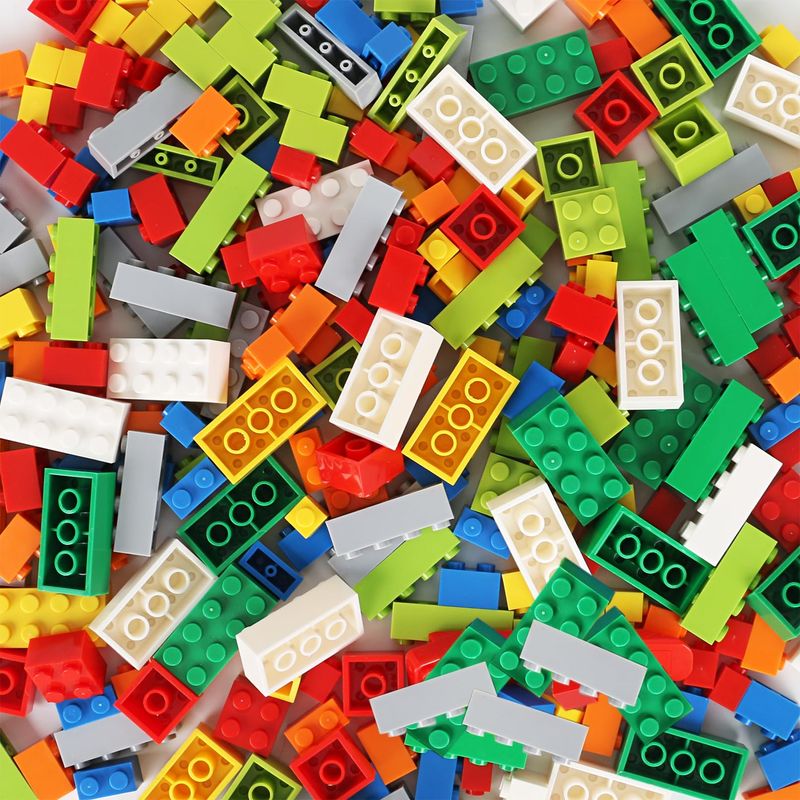
Those colorful interlocking plastic bricks from Denmark revolutionized playtime forever. First introduced in their modern form in 1958, LEGO allowed kids to build virtually anything they could imagine, from simple houses to elaborate spaceships.
The genius of LEGO was its perfect balance of structure and creativity. Following instructions taught patience and attention to detail, while freestyle building developed spatial reasoning and problem-solving skills.
The satisfying ‘click’ when bricks connected became the soundtrack of childhoods worldwide, and stepping on a stray piece became a universal parental experience!
2. Barbie Doll

Launched in 1959, Barbie broke the mold by giving girls a doll representing an adult woman rather than a baby. With her fashion-forward wardrobe and career options, she invited children to imagine their future possibilities.
Ruth Handler created Barbie after watching her daughter Barbara play with paper dolls, naming the iconic toy after her. Despite controversies about body image, Barbie evolved over decades to reflect changing social values and greater diversity.
Many collectors still treasure vintage Barbies, with some original dolls fetching thousands of dollars at auctions today.
3. Teddy Bear
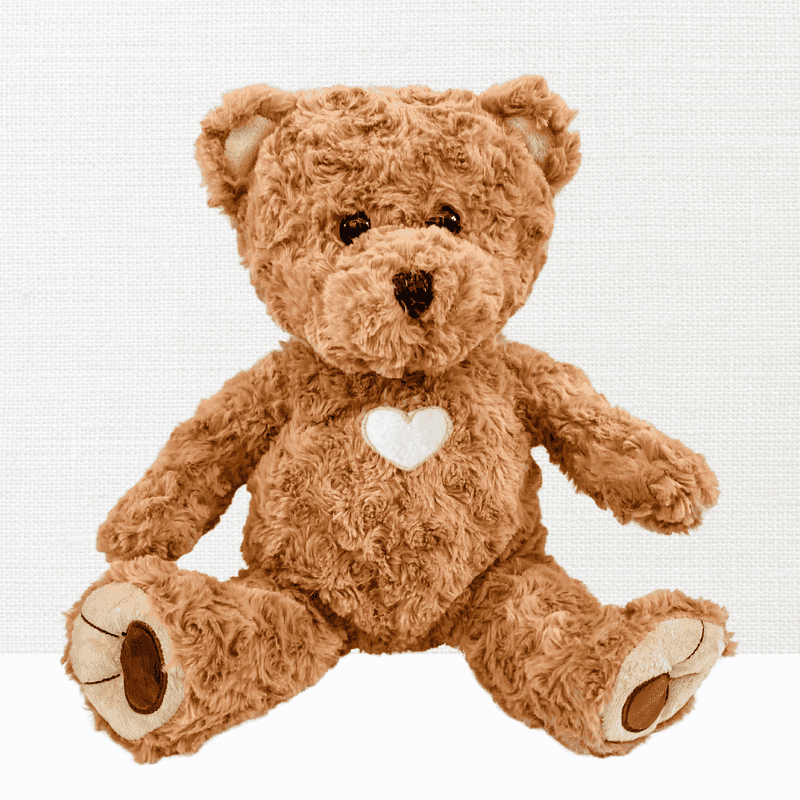
Born from a hunting trip story involving President Theodore “Teddy” Roosevelt in 1902, this cuddly companion quickly became a childhood staple. The original teddy bears were designed to look like real bears with extended snouts and claws.
Unlike many toys, teddy bears transcended play to become emotional support objects. Child psychologists recognized their value in helping kids process feelings and develop empathy through pretend caregiving.
Famous literary bears like Winnie the Pooh and Paddington further cemented the teddy’s cultural significance, making it perhaps the most universally beloved toy of the century.
4. Yo-Yo
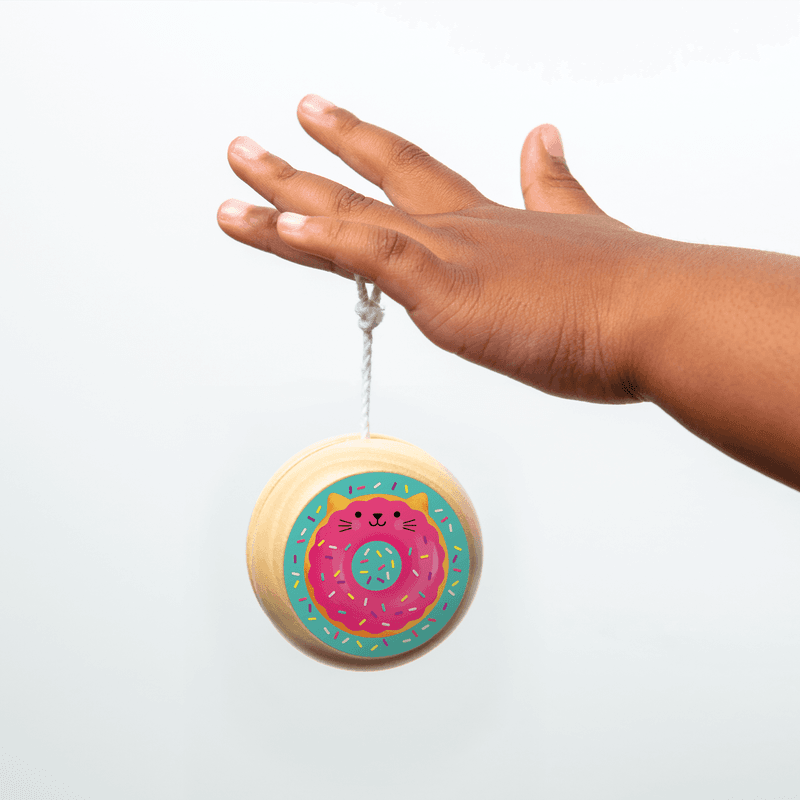
This simple disk on a string dates back thousands of years, but it reached peak popularity in America during the 1930s Depression era. Pedro Flores, a Filipino immigrant, first manufactured yo-yos in the US before selling his company to entrepreneur Donald Duncan.
The affordable price point made yo-yos accessible during tough economic times. Kids mastered tricks like “Walk the Dog” and “Around the World,” turning sidewalks into impromptu performance spaces.
The toy experienced regular revivals throughout the century, with each new generation discovering the satisfying rhythm of a perfectly executed return to the hand.
5. Rubik’s Cube
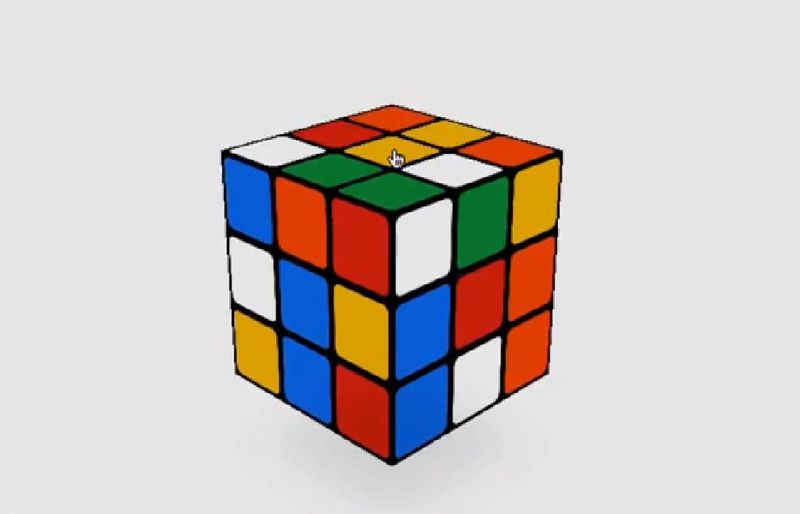
Hungarian professor Ernő Rubik created this colorful puzzle in 1974 to help his students understand three-dimensional problems. Little did he know it would become one of the most frustrating yet addictive toys ever made!
The seemingly impossible challenge of aligning all sides captivated children and adults alike during its 1980s heyday. Math enthusiasts calculated that the cube has over 43 quintillion possible combinations but only one solution.
Speed-solving competitions continue today, with the world record standing at an astonishing 3.47 seconds—far faster than most kids who spent hours twisting and turning with limited success.
6. Transformers Action Figures
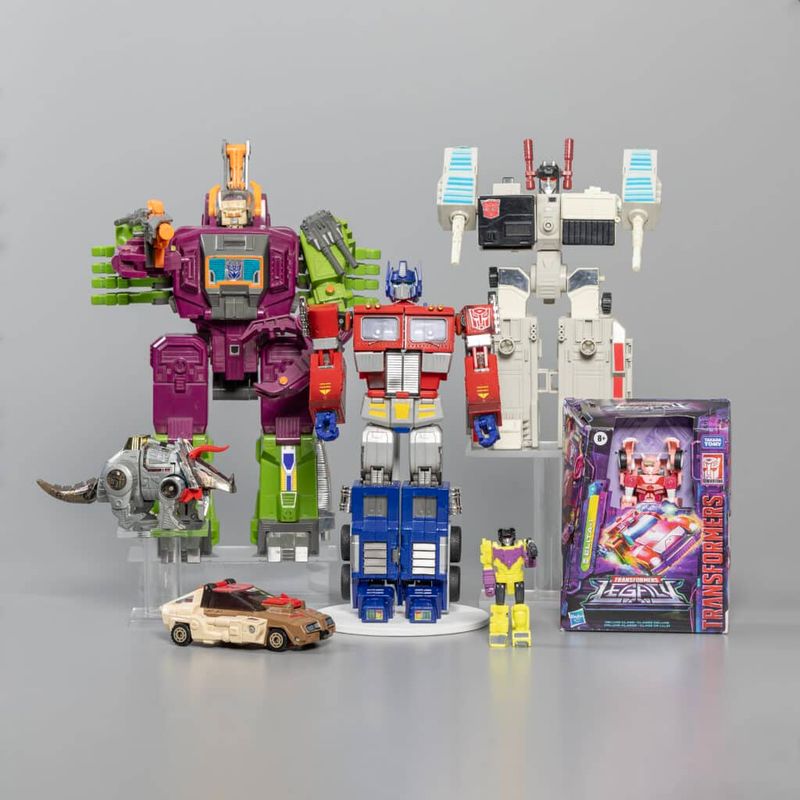
“Robots in disguise” captured imaginations when they rolled out in 1984. These innovative toys could change from vehicles, animals, or devices into humanoid robots through a series of clever folds and twists.
The rivalry between heroic Autobots and evil Decepticons provided built-in storytelling opportunities. Kids would spend hours staging epic battles or creating their own adventures with characters like Optimus Prime and Megatron.
The accompanying cartoon series and comic books expanded the toy’s universe, making Transformers one of the first successful cross-media franchises marketed to children—a blueprint many toy companies still follow today.
7. Slinky
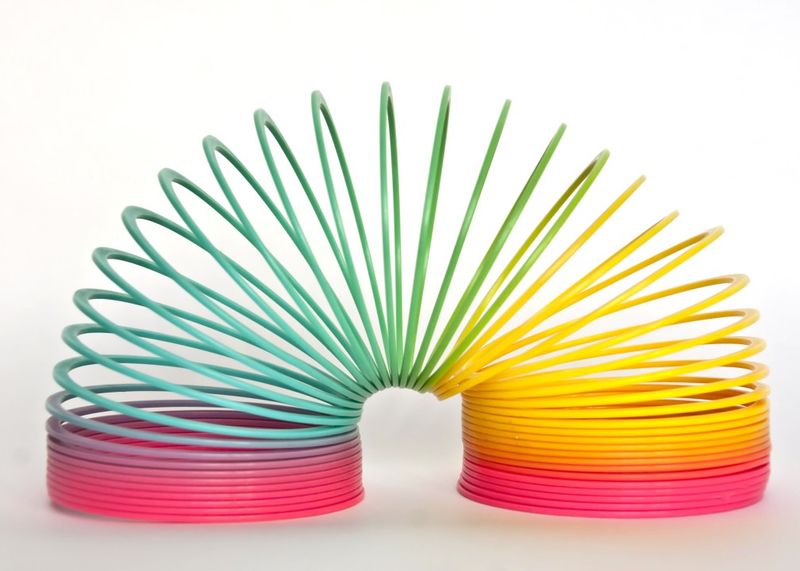
A happy accident created one of the century’s most hypnotic toys. Naval engineer Richard James knocked a tension spring off his desk in 1943 and watched in amazement as it “walked” down instead of falling.
The Slinky’s signature movement down stairs became its defining feature. The mesmerizing metal coil (later also made in plastic) sold for just $1 when it debuted at Gimbels department store in 1945, with the entire inventory of 400 units disappearing in 90 minutes.
Its distinctive commercial jingle—”It’s Slinky, it’s Slinky, for fun it’s a wonderful toy”—became permanently lodged in the memories of television-watching kids.
8. Nintendo Game Boy
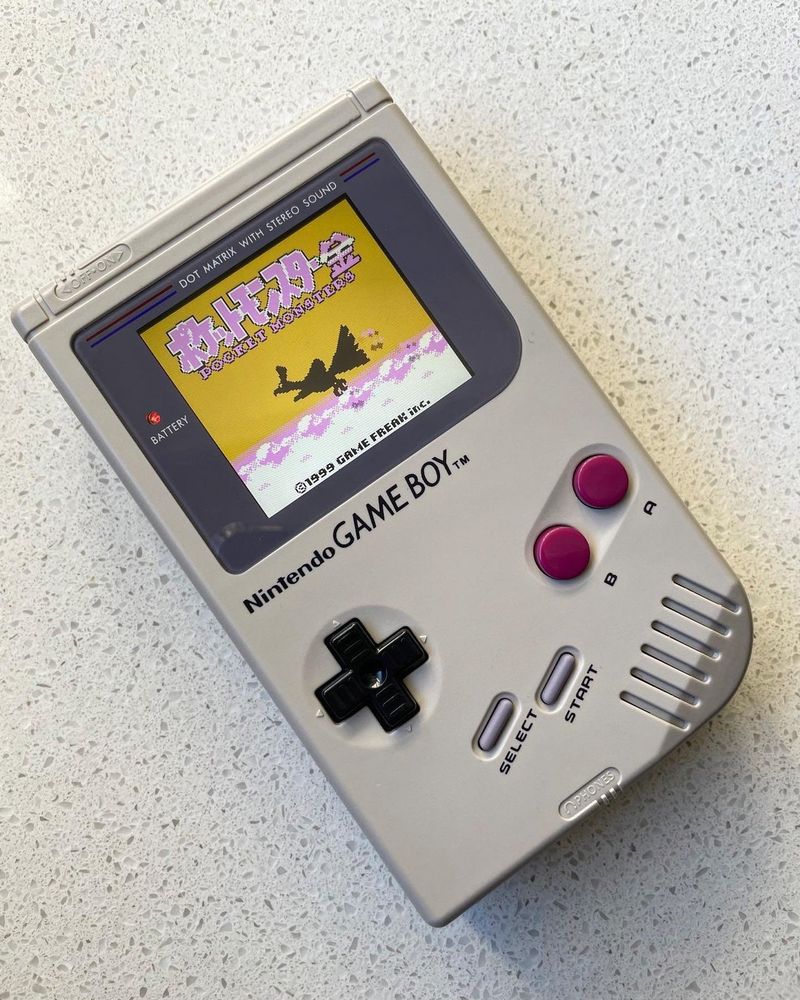
Released in 1989, this handheld gaming device revolutionized how and where kids played video games. Despite its green-tinted monochrome screen and bulky design by today’s standards, the Game Boy offered something revolutionary: gaming freedom.
The device came bundled with Tetris, a puzzle game so addictive that parents reported children refusing to put it down even at the dinner table. Interchangeable game cartridges meant one device could provide endless entertainment options.
Game Boy survived countless falls, some water damage, and even a bombing during the Gulf War—a unit continued working after being partially melted in a barracks explosion!
9. Cabbage Patch Kids
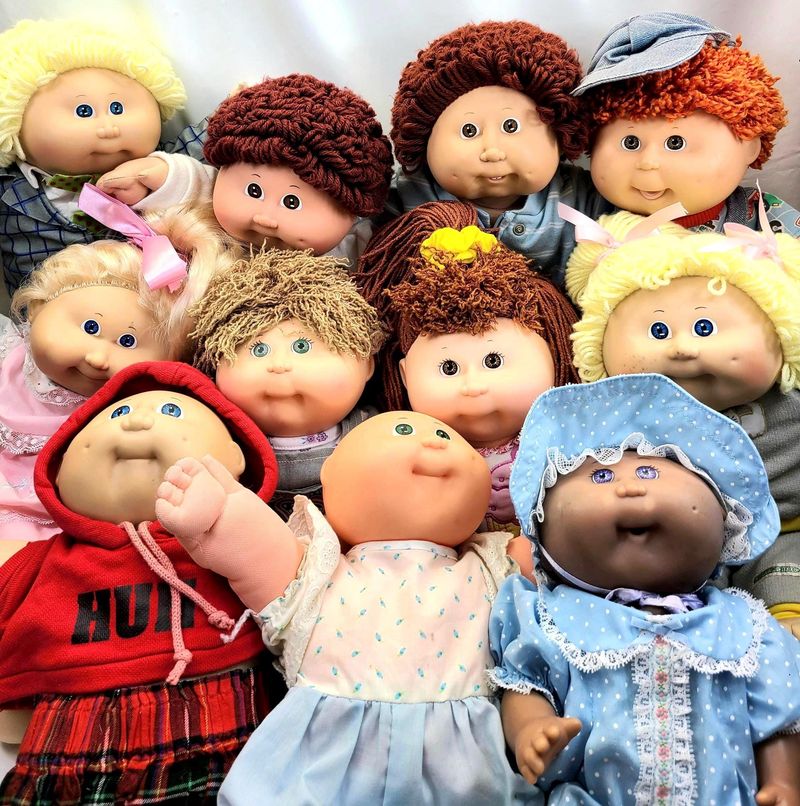
Xavier Roberts’ soft-sculptured dolls triggered unprecedented shopping frenzies when mass-produced versions hit stores in 1983. Each doll came with unique features, a birth certificate, and adoption papers—creating an emotional bond beyond typical toy ownership.
Parents literally fought in store aisles to secure these dolls during holiday seasons. News footage showed shoppers pushing, shoving, and even sustaining injuries in their quest to “adopt” a Cabbage Patch Kid for their children.
The dolls’ deliberately homely appearance challenged beauty standards in the toy industry, proving that kids could form attachments to toys based on personality and story rather than conventional attractiveness.
10. Etch A Sketch
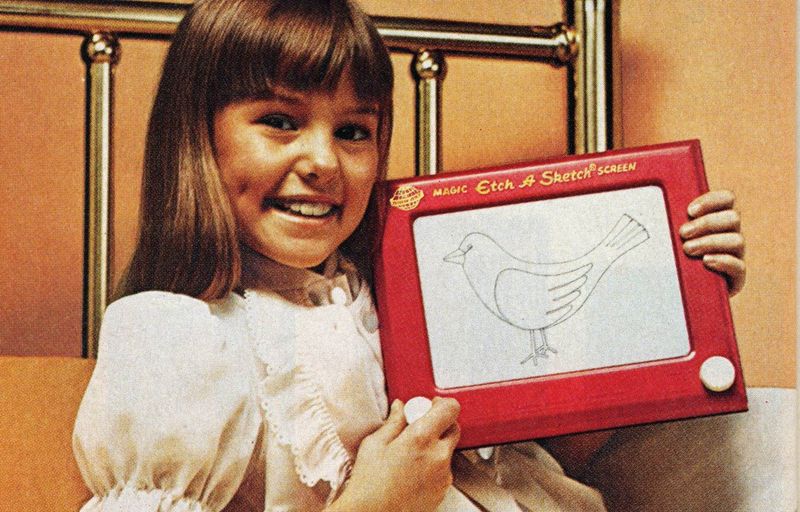
French electrician André Cassagnes invented this mechanical drawing toy in the late 1950s, originally calling it “L’Écran Magique” (The Magic Screen). The distinctive red frame with white knobs became instantly recognizable after Ohio Art Company began production in 1960.
Creating images by manipulating aluminum powder with invisible internal styluses required patience and coordination. Skilled users could create surprisingly detailed drawings, while beginners mastered stairs and basic geometric shapes.
The satisfying shake-to-erase feature made mistakes temporary, encouraging experimentation without waste—though many kids learned the hard way not to shake their masterpieces until showing them off!
11. Hot Wheels Cars
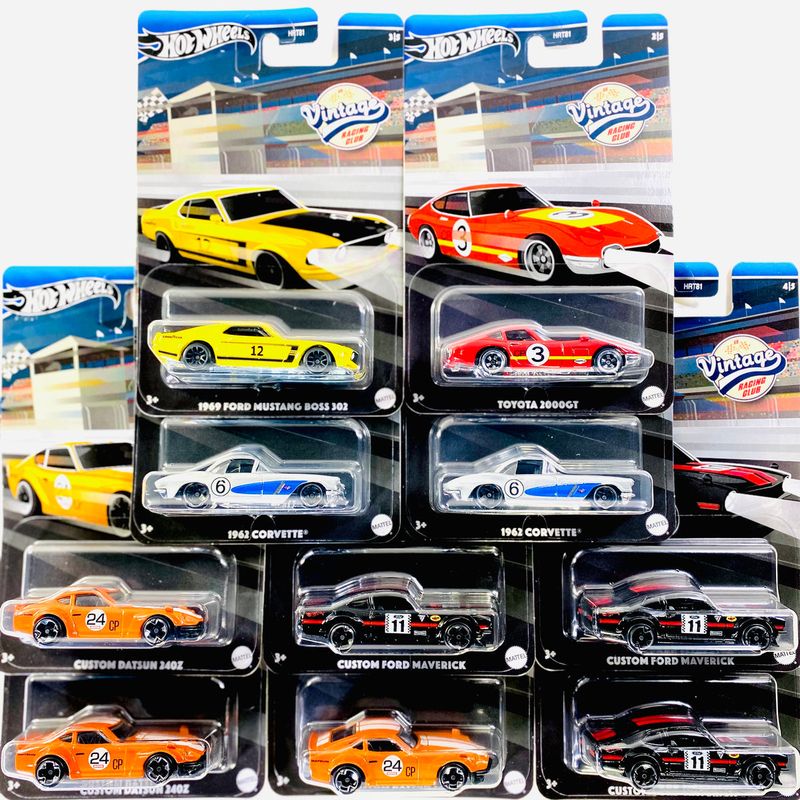
Mattel revolutionized toy cars in 1968 with these die-cast vehicles designed to roll fast and look cool. The original “Sweet 16” lineup included custom hot rods and concept cars with speedy wheel designs that outperformed competitors.
Orange plastic track sets allowed kids to create elaborate racing courses throughout living rooms and bedrooms. The distinctive track connectors and launcher became almost as iconic as the cars themselves.
Many adults still have their childhood collections, with some rare models now worth thousands to collectors. The famous flame logo has remained virtually unchanged for over 50 years—a testament to its perfect design.
12. Mr. Potato Head
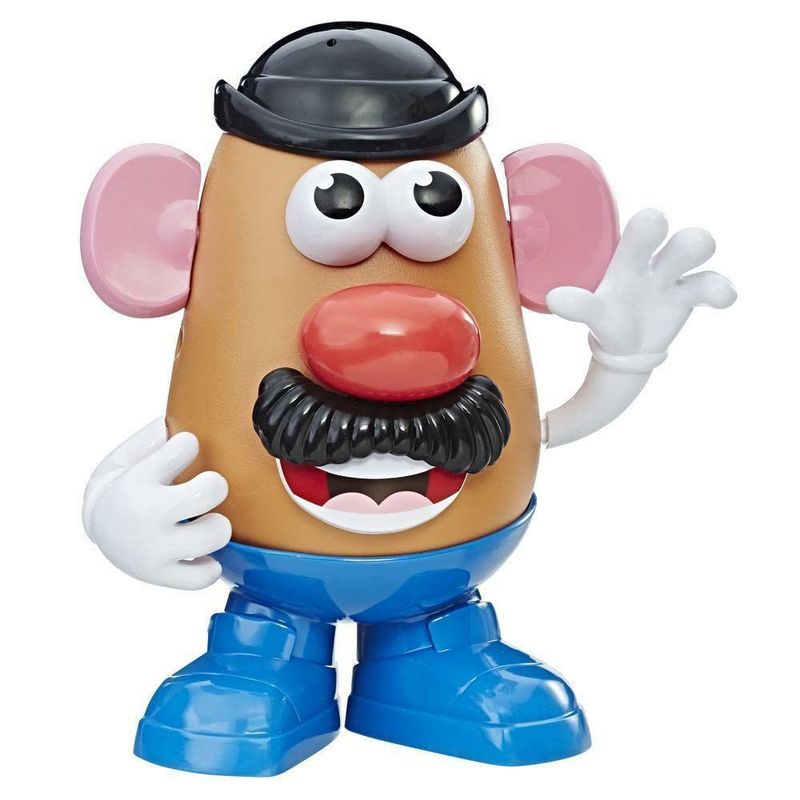
Originally released in 1952 as just facial features with pins to stick into actual potatoes from your kitchen! Safety concerns and rotting vegetables led Hasbro to include a plastic potato body in 1964, creating the character we recognize today.
As the first toy advertised directly to children on television, Mr. Potato Head pioneered marketing strategies that would define the industry. The toy promoted creativity while teaching facial recognition and fine motor skills.
Mr. Potato Head broke into Hollywood with roles in the Toy Story franchise, introducing this classic toy to new generations and cementing his status as a cultural icon beyond just a childhood plaything.
13. Tamagotchi Virtual Pet
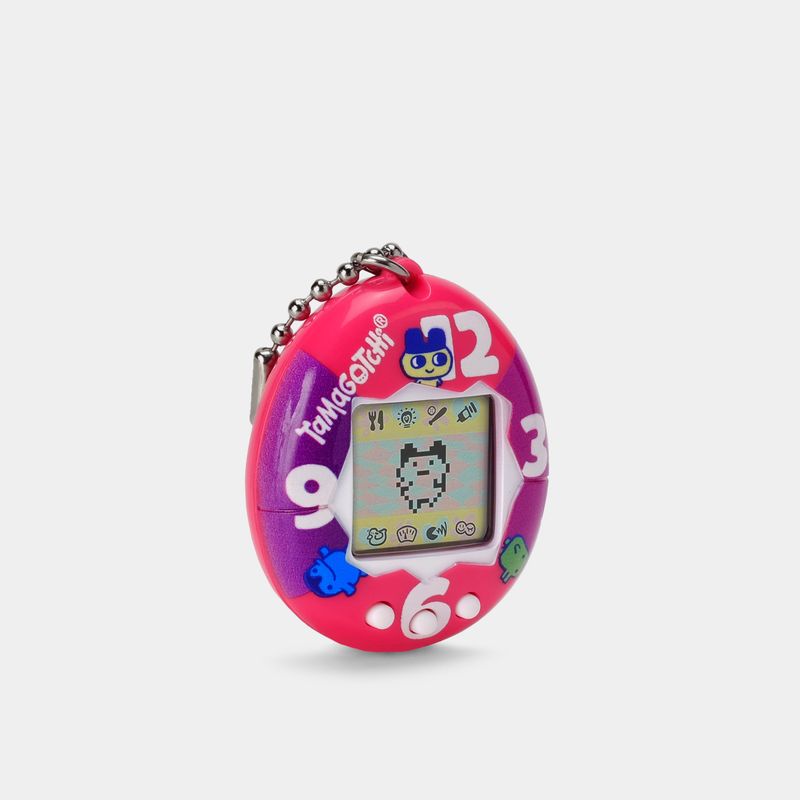
Japanese toy company Bandai captured lightning in a tiny egg-shaped device when they released Tamagotchi in 1996. These digital pets required feeding, cleaning, and attention—teaching millions of kids responsibility without the mess of real animals.
Schools eventually banned the toys as students became distracted by their pets’ constant needs. The distinctive beeping sounds signaling hunger or illness created a new form of anxiety for children afraid of letting their virtual companions die from neglect.
The toy’s massive success spawned countless knockoffs and demonstrated the emotional connections humans could form with digital entities—predating our current relationships with smartphones and virtual assistants.
14. Super Soaker Water Gun

NASA engineer Lonnie Johnson accidentally invented the most powerful water gun ever while working on an environmentally friendly heat pump. His prototype, patented in 1986 and first sold as the “Power Drencher,” revolutionized summer water fights forever.
Unlike previous water pistols that merely squirted, Super Soakers used air pressure to deliver powerful streams up to 50 feet away. Kids would spend summer days in epic neighborhood battles, returning home completely soaked but victorious.
The toy’s success made Johnson a millionaire and inspired countless imitations, but none matched the satisfying pump-action and water capacity of the original fluorescent green and purple design.
15. Pogo Stick

Bouncing into popularity in the 1920s, the pogo stick combined exercise with the thrill of controlled danger. German inventors Max Pohlig and Ernst Gottschall created the first commercial model, with their names forming the “po-go” that became its enduring name.
Mastering the pogo stick became a childhood milestone that required persistence through scraped knees and occasional crashes. Kids would challenge each other to see who could achieve the most consecutive jumps or perform tricks like spinning or jumping with no hands.
Though the basic design remained largely unchanged throughout the century, modern versions now allow extreme athletes to bounce over cars and perform backflips!

Comments
Loading…